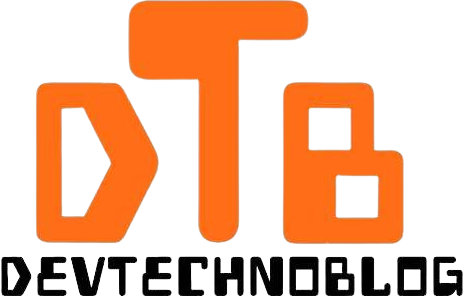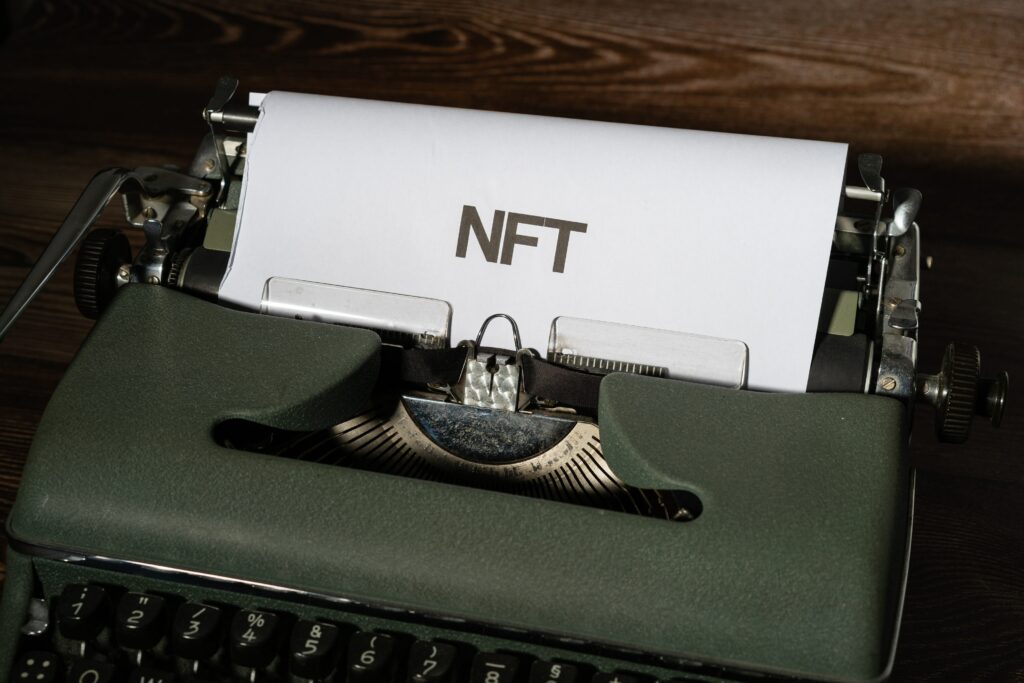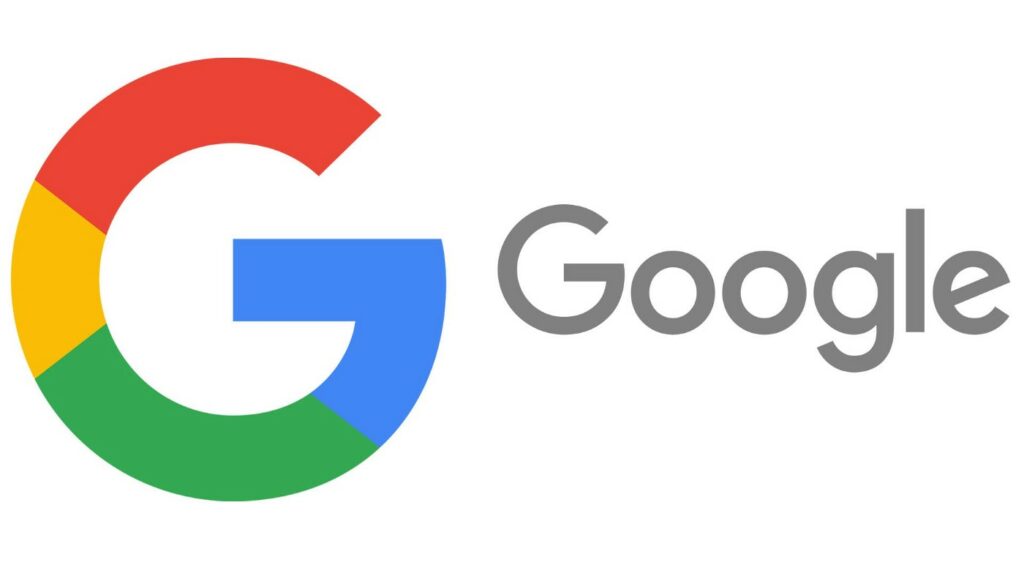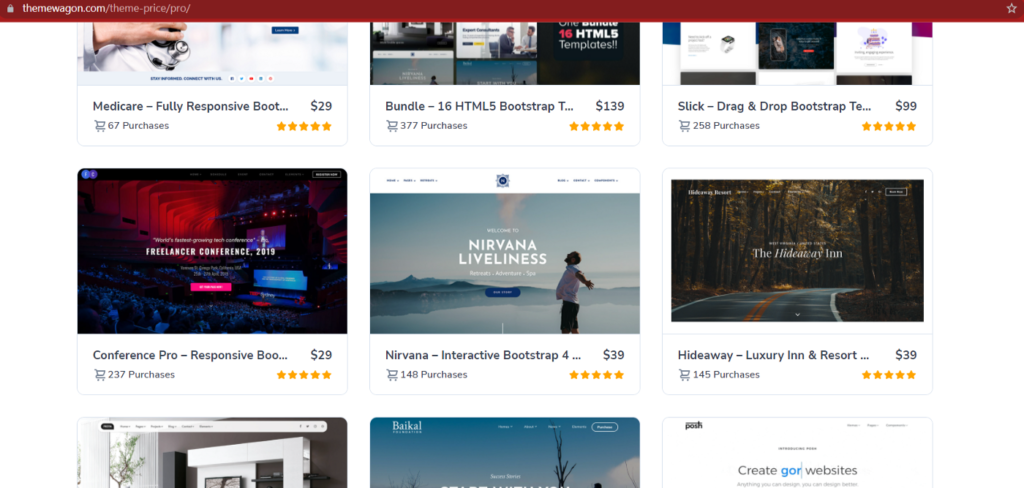Chat GPT, or Generative Pre-trained Transformer, is an advanced artificial intelligence language model that has been making headlines in recent years. This model is capable of generating human-like text by training on vast amounts of data, making it a powerful tool for content creation, chatbots, and virtual assistants.
But with this power comes a lot of questions and concerns about how Chat GPT will impact jobs and industries. Will it replace human workers? What are the potential benefits and drawbacks of using these models?
Let’s take a closer look at what Chat GPT is, and how it’s impacting the world of work and beyond.
What is Chat GPT?
At its core, Chat GPT is a machine learning model that is trained on massive amounts of data. Specifically, it uses a type of neural network called a transformer to process and analyze text, allowing it to generate human-like responses to prompts and questions.
One of the most notable features of Chat GPT is its ability to understand context and generate coherent text based on that context. This makes it an ideal tool for chatbots and virtual assistants, as it can understand and respond to user inquiries in a way that feels natural and conversational.
How is Chat GPT impacting jobs?
One of the most common concerns about Chat GPT is that it will replace human workers in various industries. While it’s true that these models are capable of automating certain tasks, such as data entry and simple content creation, they are not designed to replace humans entirely.
Instead, Chat GPT and other language models are designed to augment and assist human work. For example, chatbots and virtual assistants that use Chat GPT can improve the quality and accuracy of their responses, while also reducing the workload for human customer service representatives.
In the field of content creation, Chat GPT can be used to generate headlines, social media posts, and other types of content that can engage and inform an audience. This can save time and resources, while also improving the quality of the content being produced.
Another potential use for Chat GPT is in the field of journalism. By using language models to generate summaries, headlines, and even full articles, journalists and news organizations can speed up the news cycle while improving the accuracy and relevance of the content they produce.
What are the benefits and drawbacks of using Chat GPT?
Like any technology, Chat GPT has its benefits and drawbacks. Some of the potential benefits of using these models include:
- Improved accuracy and quality of text-based outputs, such as chatbot responses and content creation.
- Increased efficiency and speed in completing certain tasks, such as data entry and content creation.
- The ability to generate text in multiple languages, which can be particularly useful for companies with global audiences.
However, there are also some potential drawbacks to using Chat GPT, including:
- The potential for bias in the data sets used to train the model, which can result in biased or inaccurate outputs.
- The risk of over-reliance on automation, which can lead to a loss of human jobs and skills.
- The potential for misuse of the technology, such as using it to generate fake news or other types of malicious content.
Overall, it’s clear that Chat GPT and other language models have the potential to transform the way we work and interact with technology. While there are certainly risks and challenges to be addressed, the benefits of using these models for tasks like content creation and chatbots are significant. As with any new technology, it’s important to approach Chat GPT with a critical eye and a willingness to learn how to use it responsibly and ethically.





